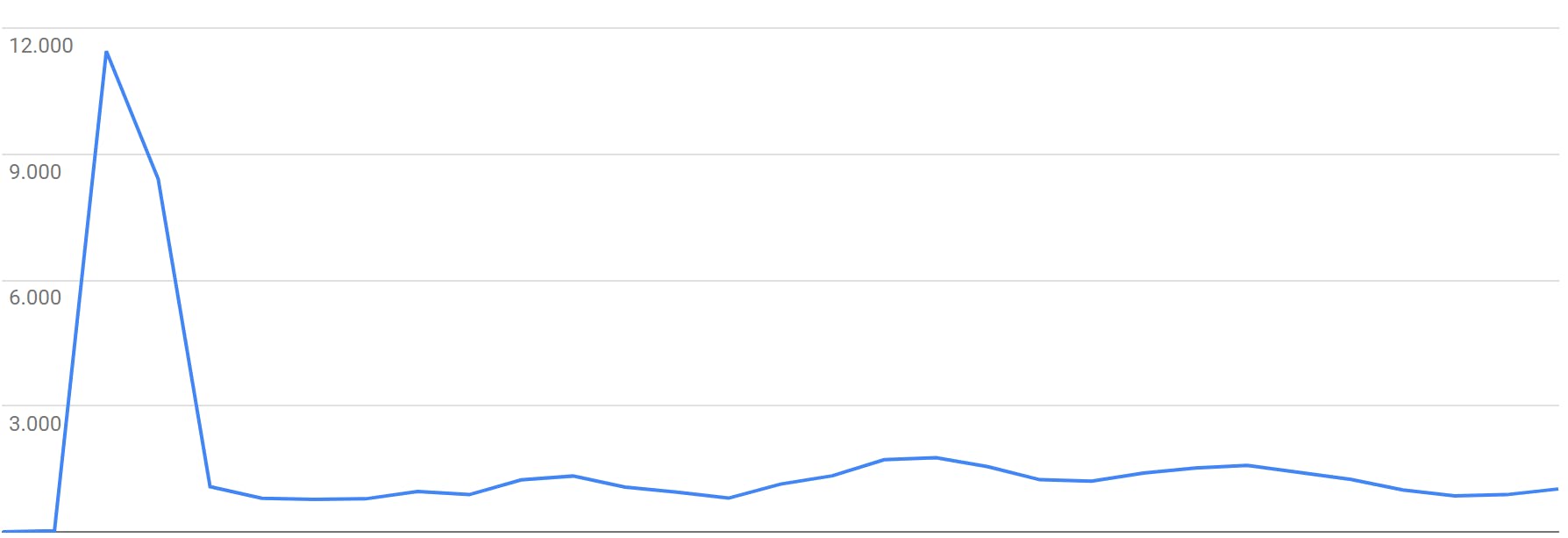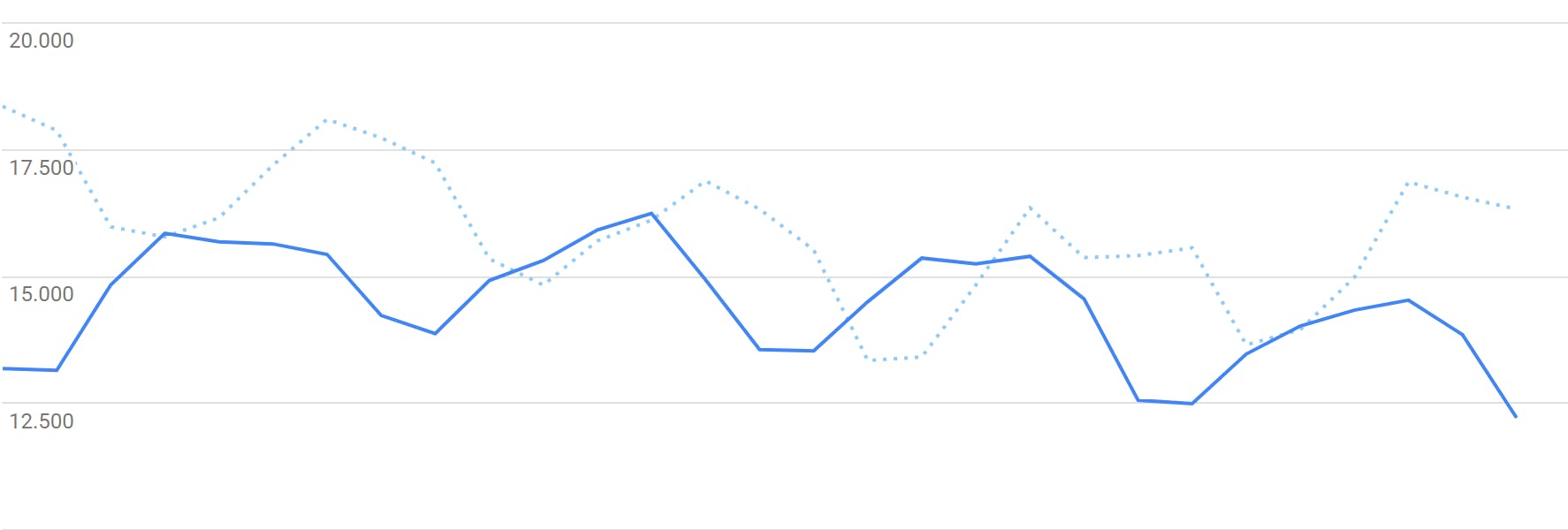What It’s Like Managing 10 Million Users As a Solo Developer

Share On
Can building an app over a weekend backfire on you?
This story illuminates my experience running Sticker Studio, which gathered more than 10 million installs in just one year.
The beginning
It all started on a Friday evening in November 2018. I sat behind my computer and read that WhatsApp would introduce stickers to their app and open it up to developers.
So I looked up their documentation and thought it would fun if users without programming or design skills could create their own stickers from their phone.
At the time, my focus had been on Munt, which failed to generate any revenue, so I got started with Sticker Studio. The idea was simple: Users draw a line around an area where they want to make a sticker, and then it's automatically exported to WhatsApp.
The launch

The first workable prototype was done on Sunday and I launched to Product Hunt on Monday. The launch wasn't that great, but I did get some attention from reporters and early users.
By Tuesday, everything changed. Abhimanyu Ghoshal, a journalist at The Next Web where I used to work, reached out to me and said he wanted to know more about my app. Pleasantly surprised, I responded to his request and he wrote an article about Sticker Studio.
People started sharing the article on social media and other news publications including Metro UK and Gizmodo Spain picked up the story. In two weeks, the app jumped from 0 to 1 million downloads, but not without its problems.
Aftermath

Number of crash reports after the launch
Remember when I mentioned that the app was built in just a weekend? Yeah, that backfired on me. I did not test the app enough on low-end devices and since most Android users have low-end devices, the app did not work as expected for most of my users, if at all.
There were over 40,000 crash reports per day and most of the users deleted the app almost immediately. I needed to look for a quick solution. The problem was that an API I used to generate WebP images was not available for all Android versions. So I found an external library also made by Google called libwebp that solved the problem.
One year later

Still doing about 100k downloads per week.
Today, the app gets about 100,000 downloads per week and has two million monthly active users. Last September, I released Sticker Studio 3, built from the ground up with most bugs of the legacy version fixed, added features such as backups to drive and launched a feature-rich Pro version. The update not only increased user satisfaction, but it also provided revenue.
What I learned
- A major takeaway from this project is the importance of updating in phases instead of trying to update for all users at the same time. I had once pushed the wrong update to all of my users — it did not go well and a lot of users crashed.
- It's also important to respond to reviews to help get a better rating as a service. Try to respond to as many review as you can. Some users will even email you back and give really valuable feedback.
- Localize to make all users understand your app. I have translated the app into Spanish and Portuguese, since most of users live in Brazil, Mexico and Argentina, and they do not all speak English. Even the Play Store screenshots are localized to get more downloads.
- Just because you understand your app doesn’t mean someone else will. Since a large percentage of my users are not very tech-savvy, I have to test new features with my parents first and asses their reaction to ensure that everything is easy to understand.
- It's also important to get a social media presence from the start, I just recently started using Instagram and Facebook, and have gathered 60,000 followers in a short period of time. Social media leads to new users who you can easily reach.
Comments (11)
Tristan@trst
Congrats for fighting on and thanks for sharing your story!
Share
Really awesome tips. Thanks for sharing!
Thanks for sharing. :D
Excellent
More stories

Sanjana Friedman · Opinions · 9 min read
The Case for Supabase

Vaibhav Gupta · Opinions · 10 min read
3.5 Years, 12 Hard Pivots, Still Not Dead
Kyle Corbitt · How To · 5 min read
A Founder’s Guide to AI Fine-Tuning

Chris Bakke · How To · 6 min read
A Better Way to Get Your First 10 B2B Customers


